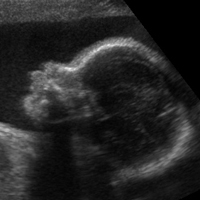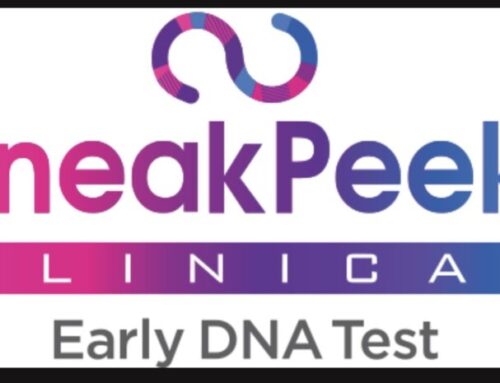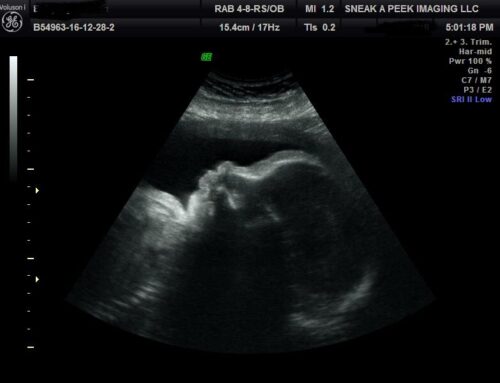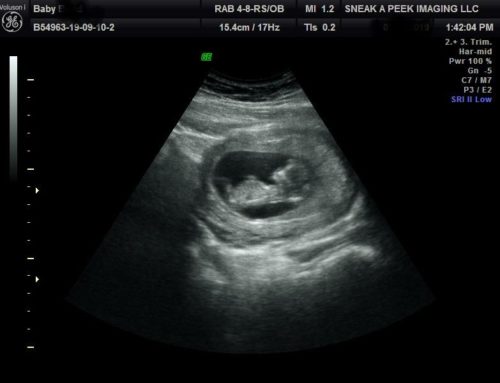 A 2D ultrasound, also known as a sonogram, screen for any potential problems during pregnancy and help monitor fetal development.
A 2D ultrasound, also known as a sonogram, screen for any potential problems during pregnancy and help monitor fetal development.
2D ultrasounds are tests, which use high-frequency sound waves to produce images of the developing baby as well as the mother’s reproductive organs. Ultrasound technology is indeed safe for both mother and child.
Ultrasounds are used for a variety of reasons during pregnancy. If your doctor detects a problem in a previous ultrasound or blood test, he may order more ultrasounds during your pregnancy. Ultrasounds can in fact also be done for non-medical reasons. 2D ultrasounds will produce images for the parents to determine the sex of the baby. 3D 4D ultrasounds allow you to see your baby’s face, hands, and feet in real time motion.
In the first and second trimesters of pregnancy (week one to 24), ultrasounds may be done to check on a number of things. 2D ultrasounds at this time will be used to confirm your pregnancy, check the baby’s fetal heartbeat, check for multiple pregnancies, diagnose an ectopic pregnancy (when the fetus does not attach to the uterus) or miscarriage, examine the placenta, uterus, cervix and ovaries, determine the gestational age of the baby and estimate a due date, and to determine the baby’s sex (in the second trimester).
If you are under 20 weeks and coming in to get a 2D ultrasound gender check, it is recommended to have a full bladder. Prior to getting your ultrasound you should be hydrated. Drinking water during your pregnancy is very essential. When you are properly hydrated this helps create more fluid in the amniotic sac.
During your 2D ultrasound, you will lie down on an examination table while the ultrasound technician applies a gel to your belly. This is a water-based gel, so it will not leave marks on your skin or clothes. This special gel helps the sound waves travel properly across your belly.
The ultrasound technician will then move a small transducer, across your belly. This moving transducer will capture black and white images onto the ultrasound screen. Additionally, during this time the technician will take measurements of the image (baby). The technician may ask you to move on your side to capture better images.
Once the technician verifies that the necessary images were captured and clear, she will then wipe off the gel and your ultrasound is now finished.
Please note: the amount of ultrasounds during pregnancy will vary. Not all pregnant women will get the same amount of ultrasounds. If your doctor detects any issues during your 2D ultrasound, they may require a more detailed, advanced ultrasound. A more detailed ultrasound may give the doctor the information needed to take additional steps or give a diagnosis.




